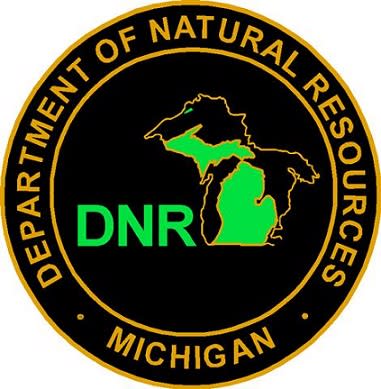Michigan DNR Releases 2011 Deer Baiting Regulations
OutdoorHub 09.30.11

The biggest change in deer regulations for the 2011 season is that outside of Deer Management Unit (DMU) 487, the six-county tuberculosis area in the northeast Lower Peninsula, baiting deer will once again be allowed in the Lower Peninsula. Within DMU 487 (which includes Alcona, Alpena, Iosco, Montmorency, Oscoda, and Presque Isle counties) a total ban on baiting remains in effect.
Hunters are reminded, however, that some baiting restrictions still apply wherever they hunt deer in Michigan. The regulations are intended to minimize the effects of concentrating deer together. Such concentration increases contact among animals, which is of concern because it can increase the chance that undetected diseases – such as bovine tuberculosis or chronic wasting disease – may quickly grow to a problematic level before any action is possible.
First of all, the quantity of bait is limited to no more than two gallons per hunting site. For those who have a difficult time imagining what two gallons looks like, well, grab a couple of gallon milk jugs, fill them up, empty them into a five gallon bucket and mark the level. That’s two gallons – 40 percent of a five-gallon bucket.
Put another way, a gallon is .133 cubic feet. A cube of slightly more than 6 inches on a side is a gallon, and a cubic foot is almost 7.5 gallons.
A 50-pound sack of shelled corn contains approximately six gallons volume.
Remember the regulation is two gallons per hunting site – not two gallons a day as some have interpreted the rule. If you distribute two gallons of bait to a site that has already been baited and all the previous bait has not been consumed, you are over the limit. If you are hunting within view of two or more places where you’ve spread two gallons of bait, you are also over the limit, even if you’re sharing a blind or tree stand with another hunter.
In addition to the restriction on quantity, the bait must be spread over a 100-square-foot area. The idea is to minimize nose-to-nose contact among animals. Dumping two gallons in a pile not only promotes nose-to-nose contact, it is against the regulation.
Hunters may use mineral blocks, but they count against the two-gallon limit. Mineral blocks are discouraged, however, because they promote numerous animals contacting the same surface or coming to the exact same place repeatedly. Remember, the idea is to reduce the amount of contact among animals.
Automatic spin-casting feeders are one way to distribute bait over a 100-square foot area, but care should be taken not to broadcast excessive bait. If the feeder is set to broadcast two gallons of bait once a day and the bait from the previous day is not consumed, you will be over the limit. Similarly, because automatic feeders are rarely moved, they continue to broadcast over the same area. Even if the bait is consumed before more is distributed, this can promote what biologists call indirect contact between deer. In this case, a sick deer may leave a disease agent at the site, and an uninfected deer may pick up the illness when it visits at a later time.
Because it is best to minimize both nose-to-nose (direct) contact and indirect among animals, the Department of Natural Resources recommends that you move bait locations around. You do not have to bait the same 100 square feet every time. Just as many hunters adjust their setup based on wind direction or anticipation of deer moving to or from bedding areas at different times of the day, you should adjust your setup to keep deer from repeatedly visiting the exact same bait location.
Finally, baiting may commence no sooner than Oct.1. Those hunting during the early antlerless season, youth seasons, or season for disabled veterans in September may not use bait. And though there is no restriction on the time of day that bait may be distributed, remember that bait may intensify nocturnal movements by deer. Though a lot of factors influence when deer will move, if they have a choice of visiting your bait site in the dark while you’re not able to hunt, you can see why this might be more appealing. If you put bait out in the morning and pick it up before you leave for the night, or if you just use a small quantity that’s likely to be consumed by any variety of animals in a short time, you can eliminate nocturnal feeding.
Most biologists discourage the use of bait as it causes unnatural concentration of animals and promotes greater rates of direct and indirect contact. If you want to use bait, please disperse it over the area, move it around to different locations and remember the two-gallon limit. The DNR reminds hunters it is their responsibility to know the regulations and follow them. If baiting is part of your hunting strategy, proper planning will keep you legal and help protect the health of Michigan’s deer herd.

